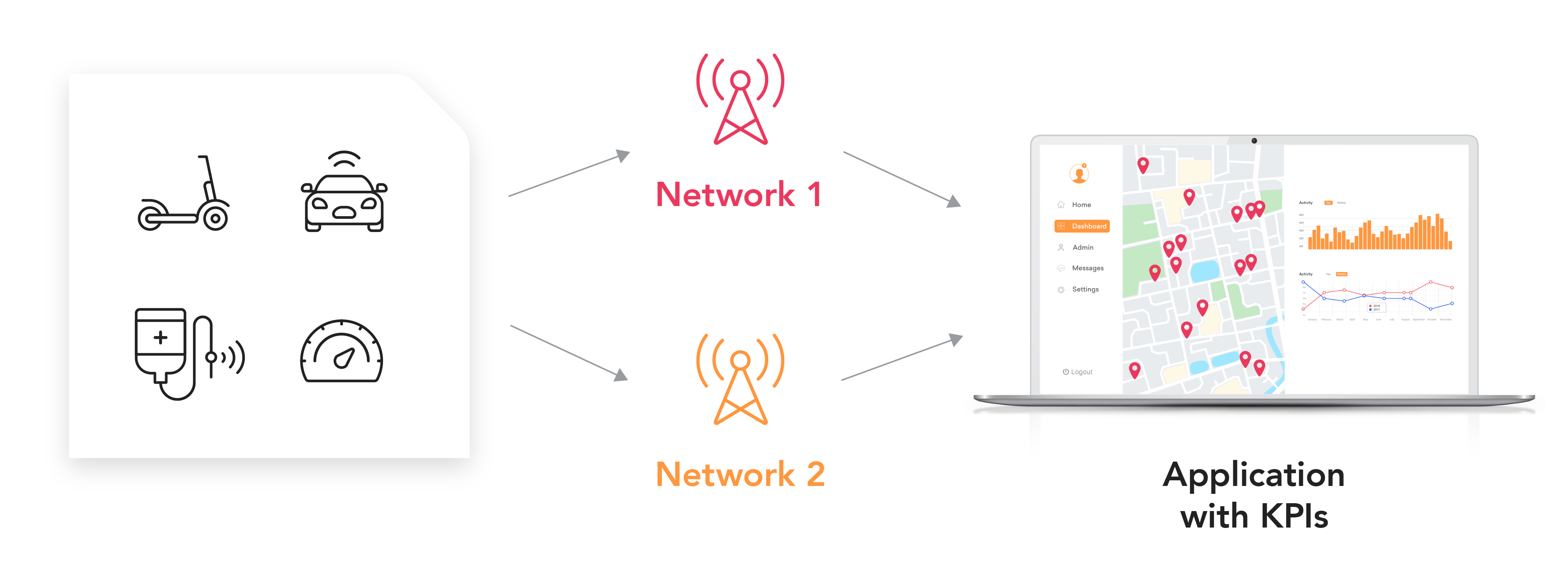Checking Out the Operational Dynamics of Business Redundancy and Its Long-Term Sustainability

Redundancy Approaches for Organization Connection
In order to make sure uninterrupted procedures, organizations need to implement efficient redundancy approaches for service connection. Redundancy in this context describes the duplication of essential elements or features within a system to minimize the impact of potential failures. By integrating redundancy approaches, companies can boost their durability versus disruptions caused by different aspects such as natural catastrophes, tools failings, or cyber-attacks.
One usual redundancy approach is the execution of back-up systems and information storage space remedies. This involves creating matches of essential data and systems that can be turned on in case of a primary system failure. Additionally, organizations can develop repetitive interaction channels and power sources to maintain connectivity and operations during unexpected events.
Furthermore, cross-training workers to carry out multiple roles within the business can work as a beneficial redundancy method. This makes sure that necessary jobs can still be executed also if crucial employees are unavailable due to illness or various other reasons. On the whole, effective redundancy approaches are necessary for services to copyright functional connection and lessen the impact of possible interruptions.
Effect of Redundancy on Business Durability
Given the important duty redundancy techniques play in making sure organization connection, discovering the impact of redundancy on organizational durability comes to be crucial for recognizing the all natural operational dynamics of a company. Redundancy, when tactically carried out, can dramatically add to boosting a company's strength in the face of unanticipated obstacles.
In addition, redundancy can cultivate advancement and imagination within an organization as employees really feel equipped to take computed threats, understanding that there is a safety web to sustain them in case of failure. Generally, the impact of redundancy on business strength is profound, shaping the lasting sustainability and success of a business.
Balancing Performance and Adaptability in Redundancy
Achieving a harmonious balance in between operational efficiency and flexible versatility is a critical difficulty in the critical deployment of redundancy within companies. Reliable procedures are essential for maintaining efficiency and cost-effectiveness, ensuring that resources are used efficiently. However, too much focus on efficiency alone can cause rigidness, making it challenging for organizations to adjust to unpredicted changes or challenges. On the other hand, versatility enables organizations to respond nimbly to developing conditions, cultivating innovation and resilience. Yet, excessive flexibility without a solid functional foundation can cause inadequacies and inconsistency.
To stabilize performance and adaptability in redundancy planning, organizations must thoroughly examine their operational needs, market dynamics, and strategic goals. Ultimately, finding the ideal equilibrium in between effectiveness and adaptability is vital for developing a sustainable and resistant company this page in the face of uncertainty.
Long-Term Sustainability With Redundancy Planning
To guarantee enduring feasibility and stability, organizations should tactically straighten their redundancy preparation with lasting sustainability goals, thereby balancing operational efficiency with adaptive versatility. Business must check out redundancy not as a responsive solution to immediate problems but as a proactive technique for long-lasting success.

Aggressive Measures for Sustainable Business Workflow
Exactly how can companies proactively enhance their operational sustainability for long-lasting success? Executing proactive measures is important for companies intending to ensure lasting procedures.
Moreover, fostering a culture of constant improvement and learning within the company can improve versatility to altering market conditions and consumer needs. Motivating employee participation in decision-making processes and supplying chances for specialist development can like this increase morale, productivity, and general efficiency. Developing clear goals, keeping an eye on essential efficiency signs, and regularly evaluating development are crucial elements of proactive sustainability monitoring.
Working together with suppliers, consumers, and other stakeholders to advertise sustainable methods throughout the supply chain can produce a causal sequence of positive effect - redundancy pay if company goes bust. By taking positive actions in the direction of operational sustainability, firms can develop strength, drive development, and protect their long-term success in an ever-evolving business landscape
Conclusion

In the world of business administration, the critical implementation of firm redundancy stands as a crucial yet complex method that demands a delicate equilibrium in between functional performance and long-term viability. By studying the operational dynamics that underpin business redundancy and reviewing its more comprehensive effects for business strength and flexibility, a nuanced understanding of exactly how redundancy approaches can shape the future trajectory of a firm starts to unravel.Offered the important duty redundancy methods play in ensuring organization connection, discovering the effect of redundancy on business resilience becomes important for recognizing the alternative functional dynamics Discover More of a company. On the whole, the impact of redundancy on business durability is profound, shaping the long-term sustainability and success of a firm.
In final thought, understanding the functional dynamics of company redundancy is critical for guaranteeing long-lasting sustainability.